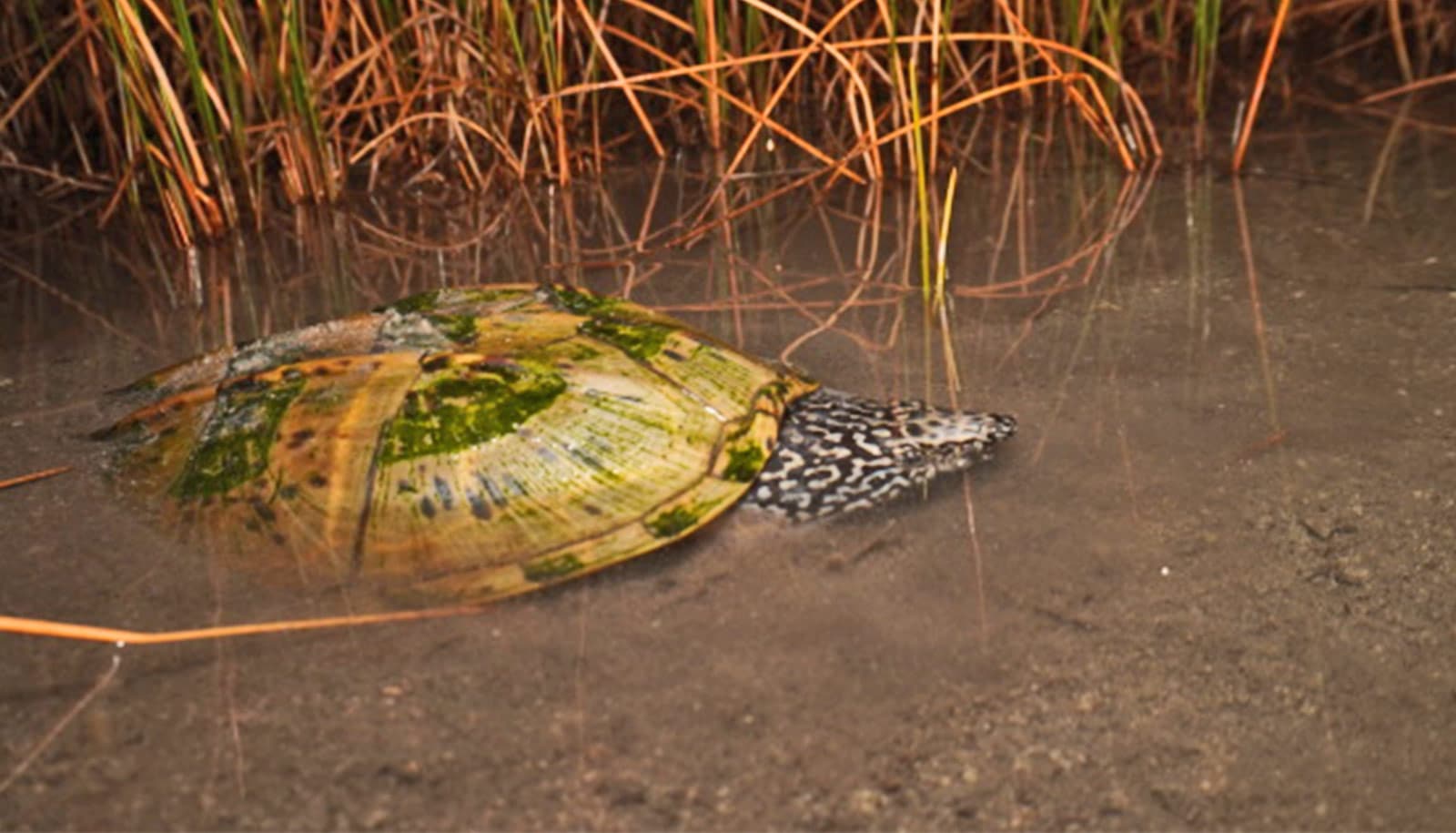Researchers have sequenced the genomes of 80 birch trees, which offer raw material for papermaking, construction, furniture-building, and more.
“Birch is one of the major trees for forest products in the Northern Hemisphere. Others, like spruce, pine, and poplar, all have genome sequences, but birch did not—until now,” says biologist Victor Albert of the University at Buffalo.
“We sequenced about 80 individuals of one species, Betula pendula, the silver birch,” says Jaakko Kangasjärvi of the University of Helsinki, another co-leader of the study, published in Nature Genetics. “We sampled populations of this species throughout its range, so up and down Finland, down to Germany, over to Norway and Ireland, and all the way up to Siberia.”
By analyzing the 80 sequenced genomes, the team was able to identify genetic mutations that may be of interest to industry, including mutations that may affect how well birch trees grow and respond to light at different latitudes and longitudes and under different environmental conditions.
The research could be a starting point for breeding trees that better meet the needs of various industries.
“What makes a birch tree hardy in different environments? A tree in Finland may die if you plant it in Siberia because plants have local adaptations—specific genetic mutations—that help them survive where they are found,” says Ykä Helariutta of the University of Helsinki, who co-led the study and is also a professor at the University of Cambridge.
“An understanding of these natural adaptations can facilitate genetic engineering and artificial selection. That’s why our research could be very useful for forest biotechnology.”
Team hunts genomes for site of first date
In the study, the researchers identified genetic mutations of interest by hunting for distinctive stretches of DNA within the genomes of individual birch trees.
Like people, plants inherit two copies of every gene—one from each parent—and these two copies are slightly different from each other. However, in some spots, an organism may have long strips of identical DNA in both copies of a gene.
Such stretches of DNA point to genetic regions that are critical to a species’ survival and development, as these regions are the product of “selective sweeps” in which all or most organisms in a geographic location come to depend on a certain genetic trait.
When the scientists analyzed the genomes of 80 birch trees from across Europe, they discovered a rich array of selective sweeps in genes that influence important qualities such as tree growth and wood production.
Moreover, the team found that some selective sweeps appeared to be associated with various environmental conditions. Two genes that help control how birch trees respond to light—PHYC and FRS10—had notable genetic mutations correlating with latitude, longitude, and temperature, while the mutations in PHYC were also related to precipitation trends.
Genomes show how corals came back from catastrophe
Similar associations were also identified for two genes tied to wood production—KAK and MED5A. (Mutations in these genes were correlated with latitude, longitude, and temperature.)
“The selective sweeps we identified may be the basis for local adaptation for different populations of birch,” says Jarkko Salojärvi of the University of Helsinki, a co-leader of the study. “Trees in Siberia are under different selective pressure from trees in Finland, so genes are being tweaked in different ways in these two places to allow these plants to better adjust to their environment.”
“The research points to genetic mutations that could be of interest for genetic manipulation for forest products,” says Petri Auvinen of the University of Helsinki, who co-led the study.
Source: University at Buffalo



